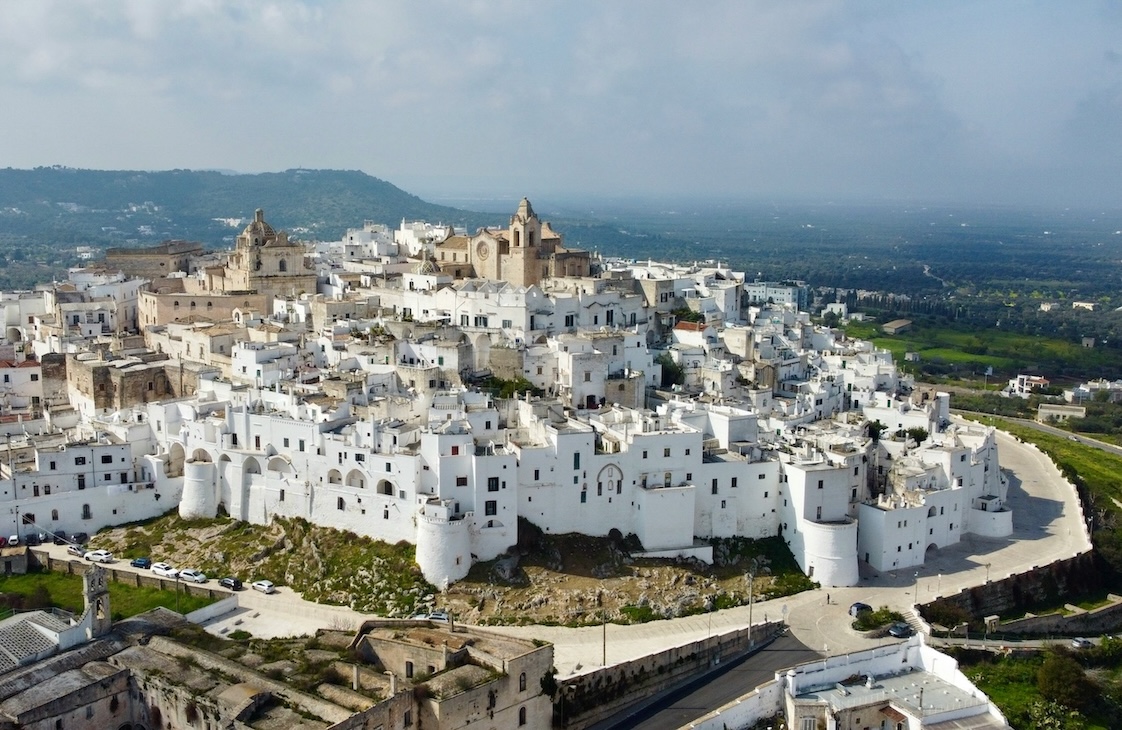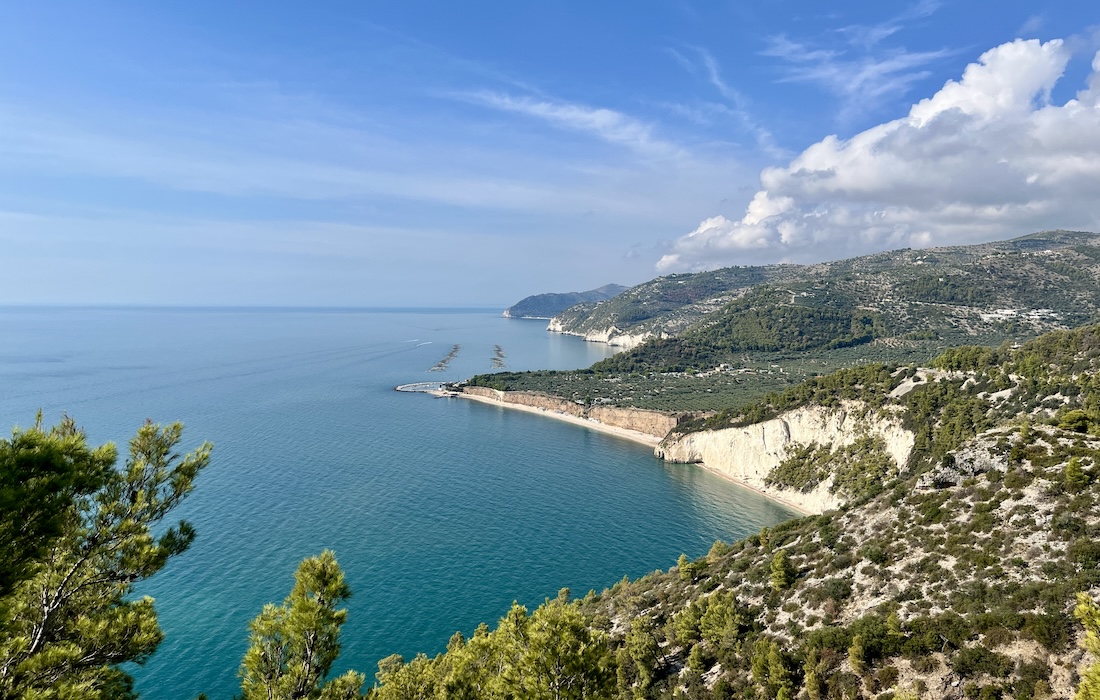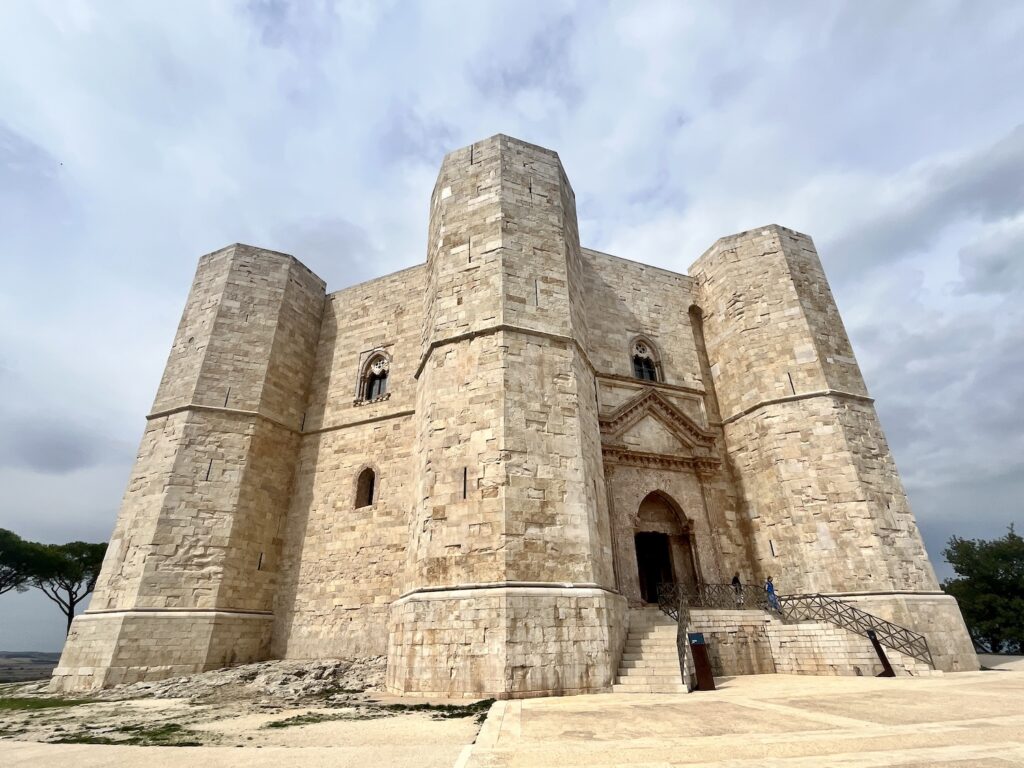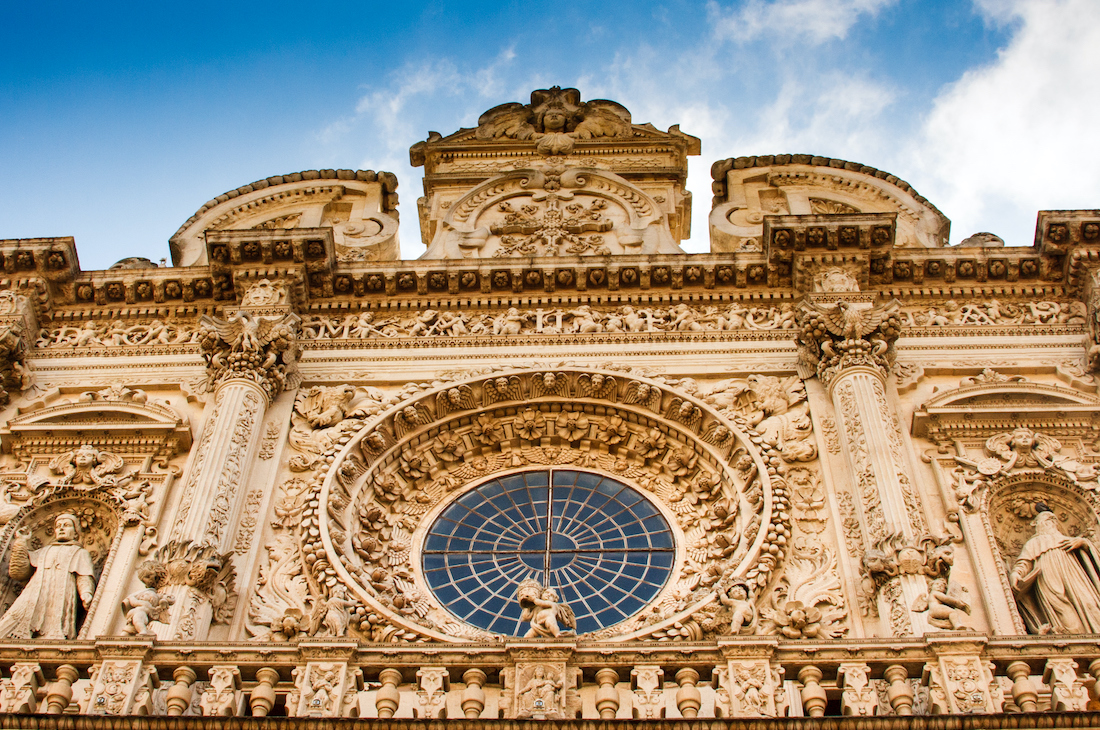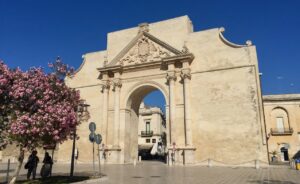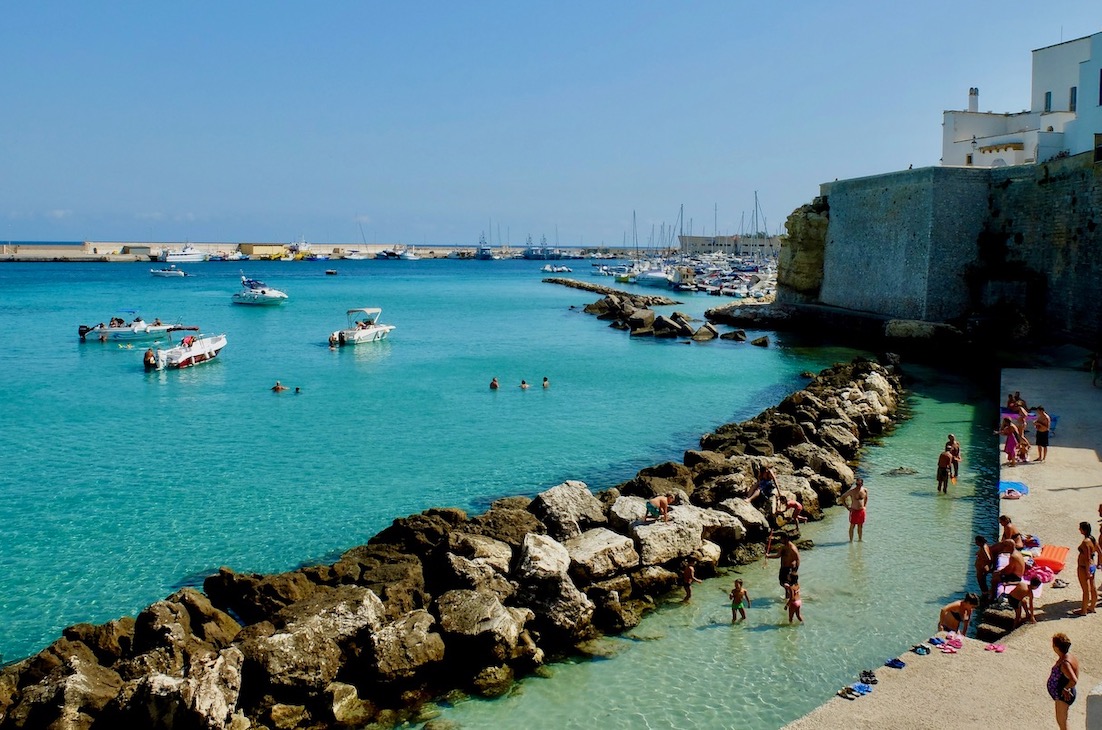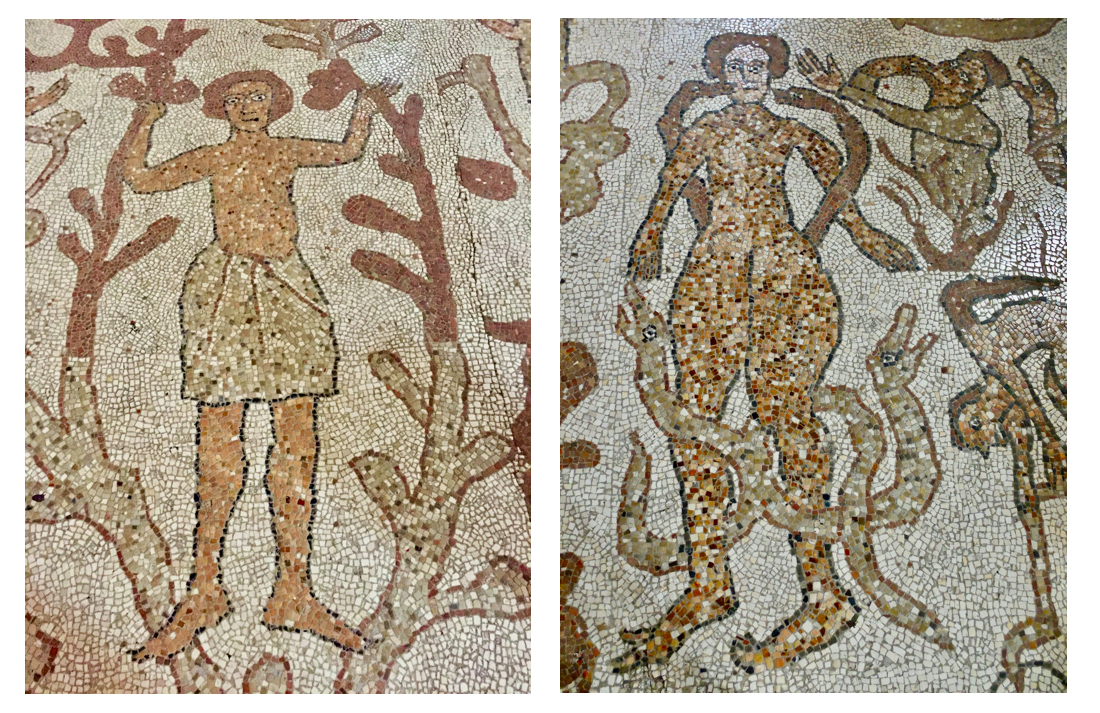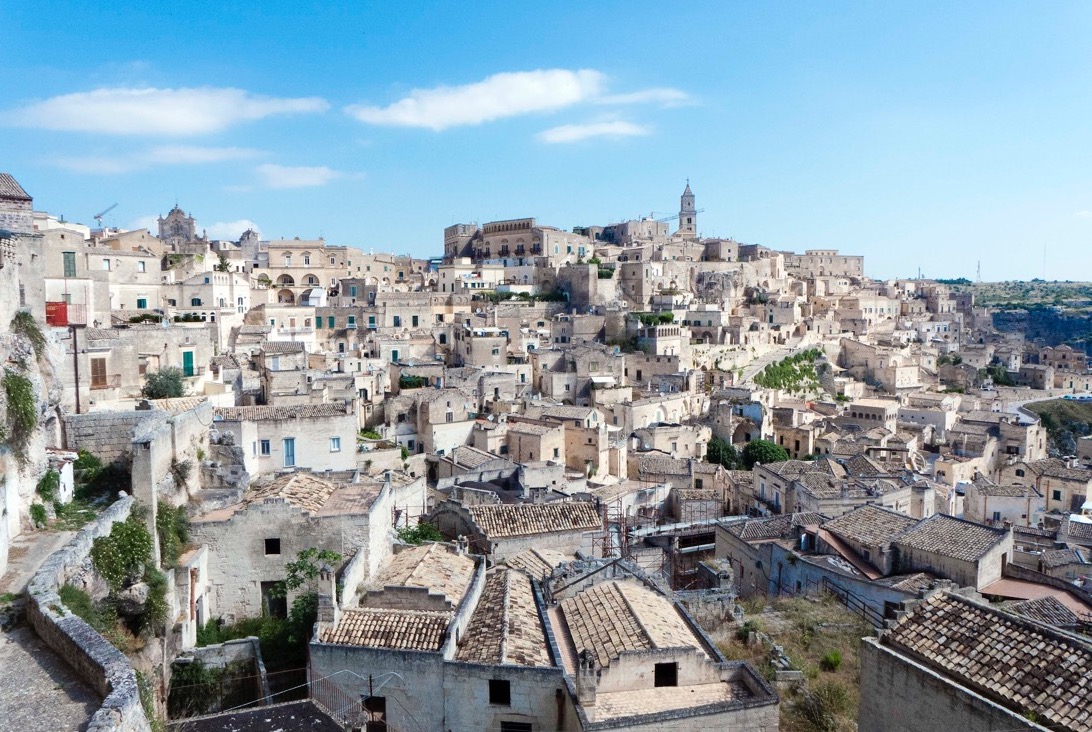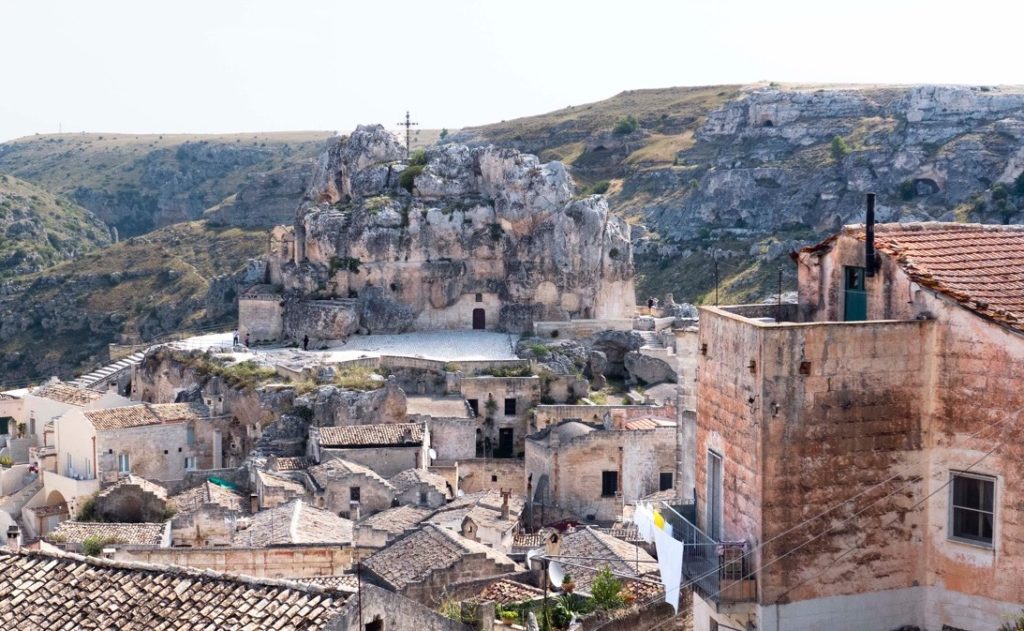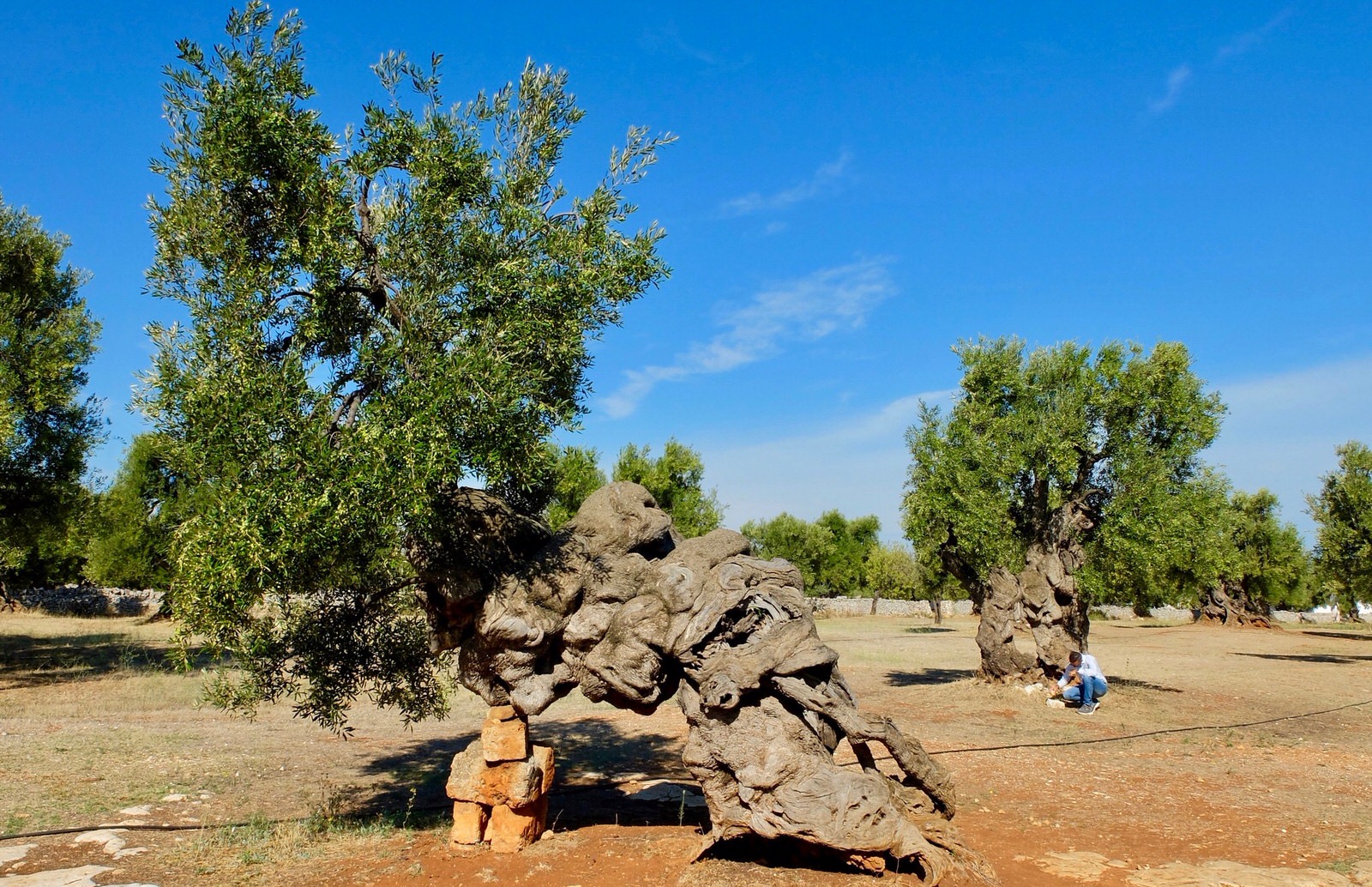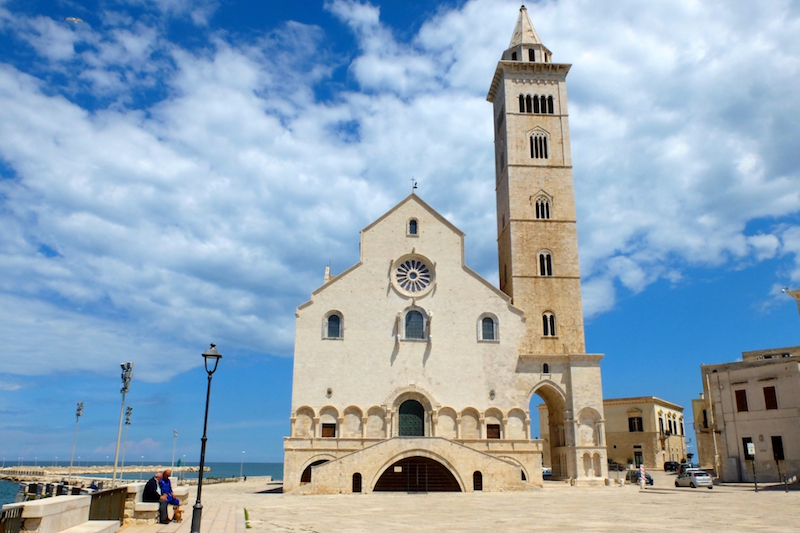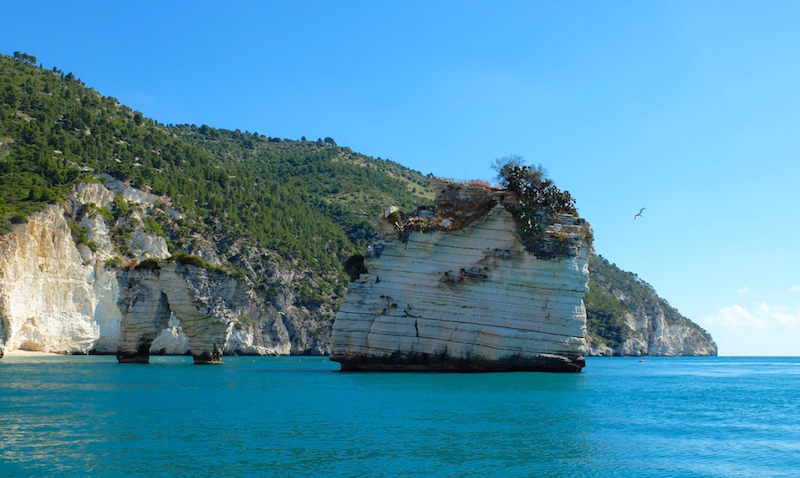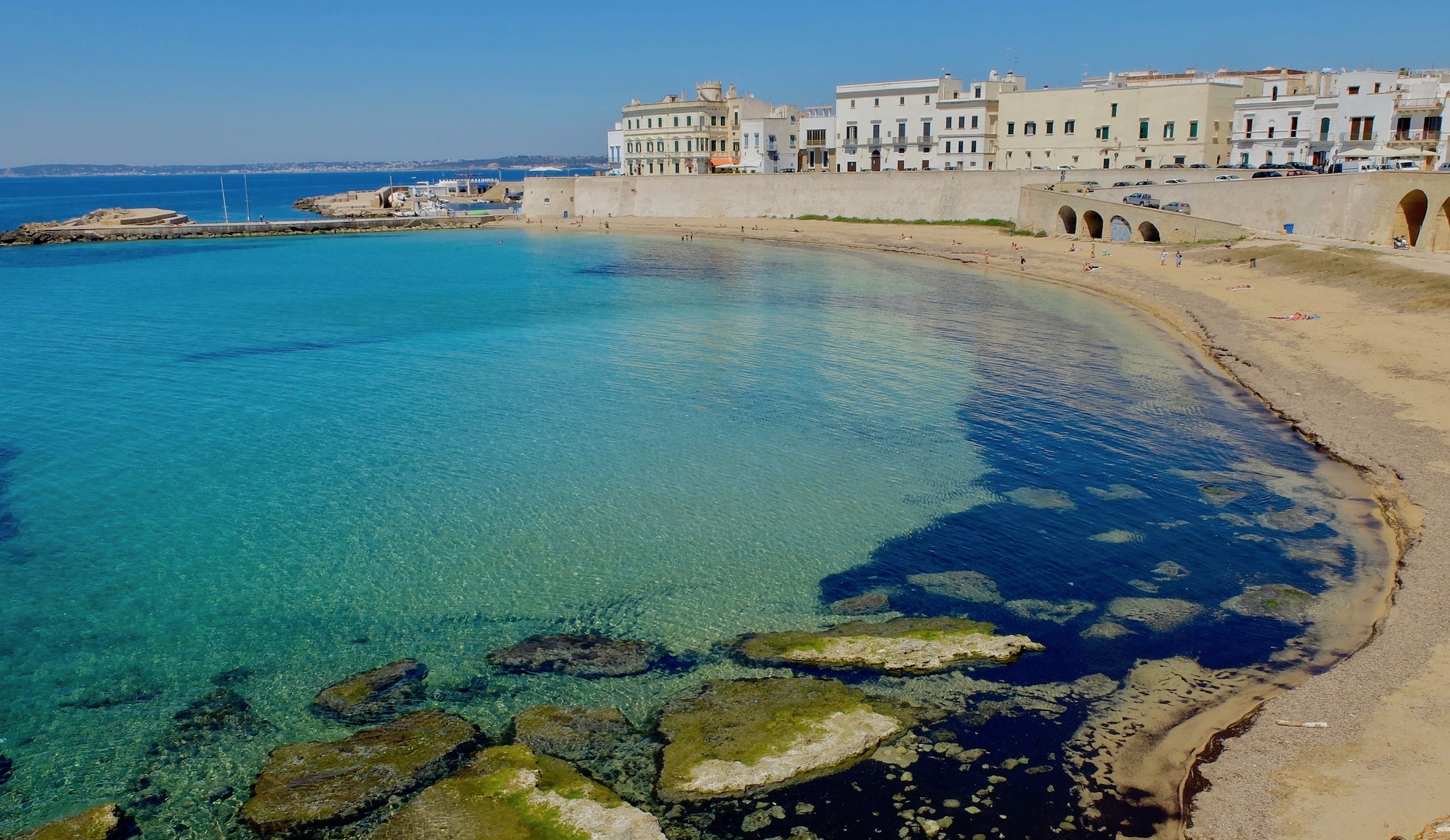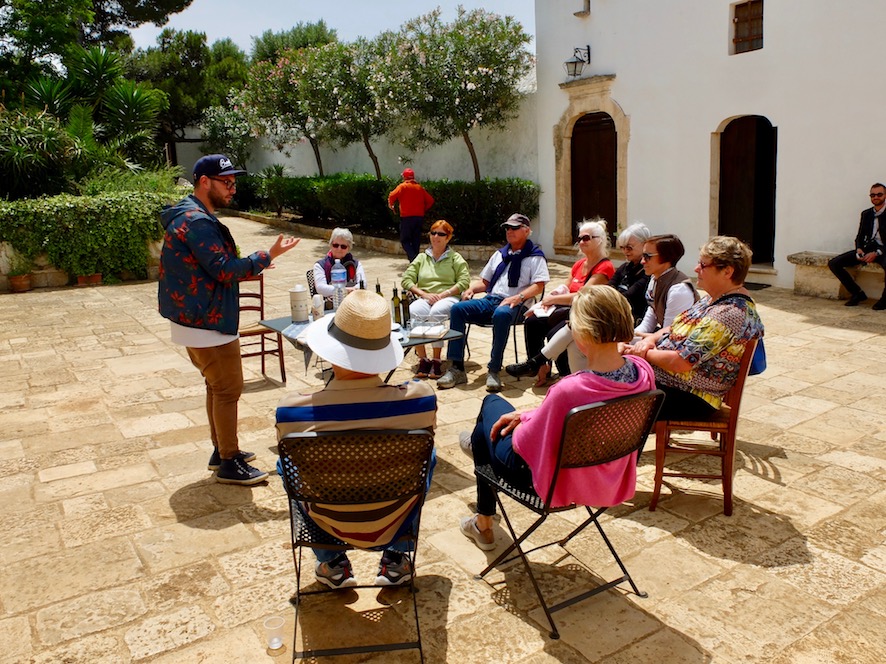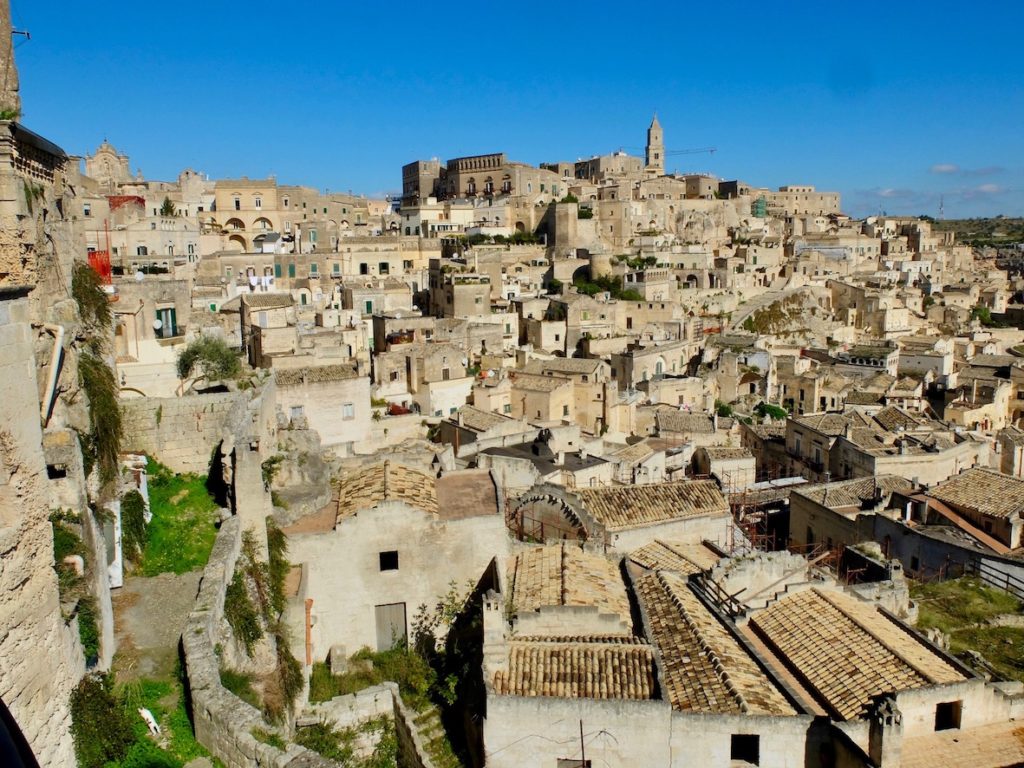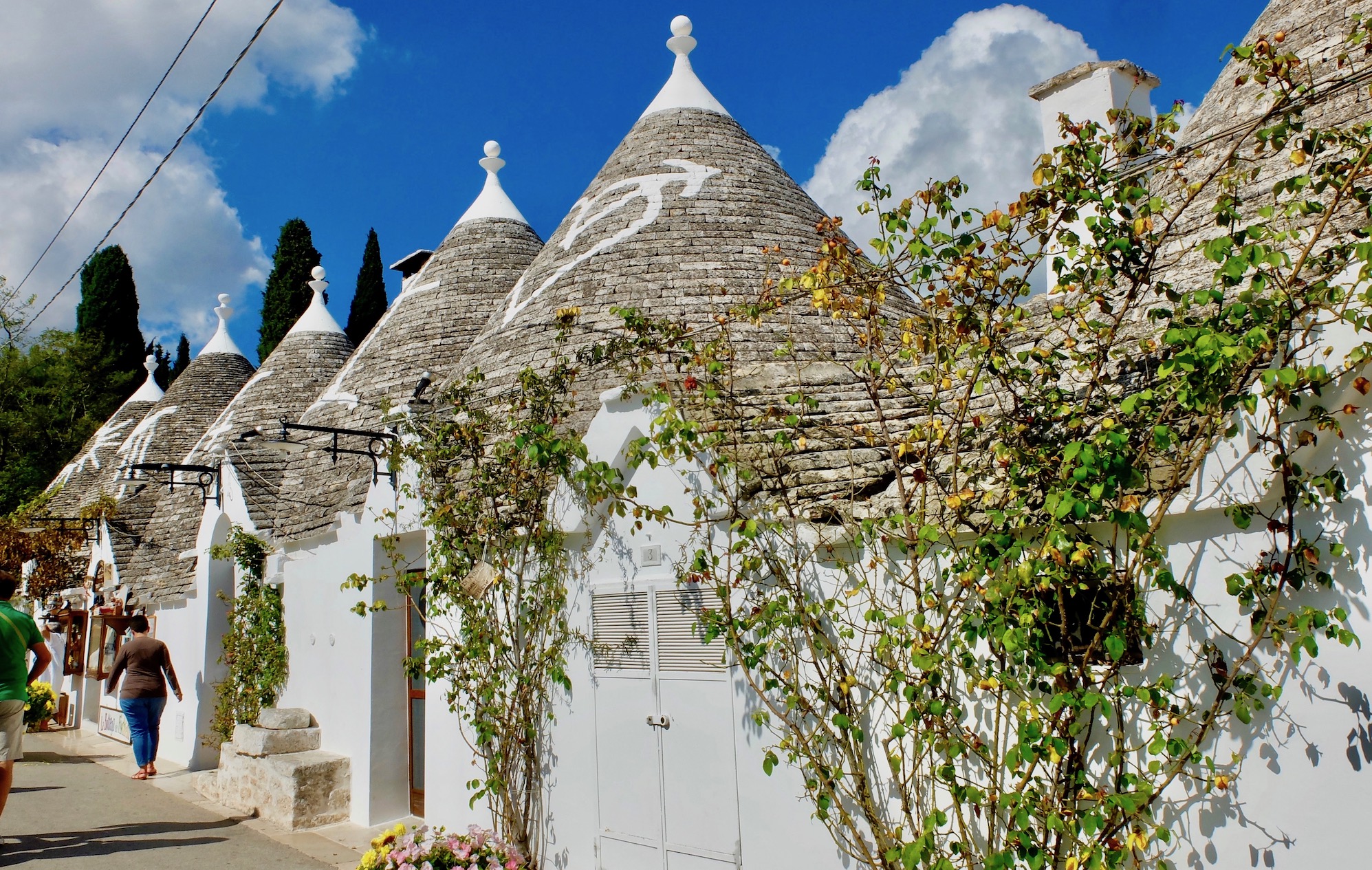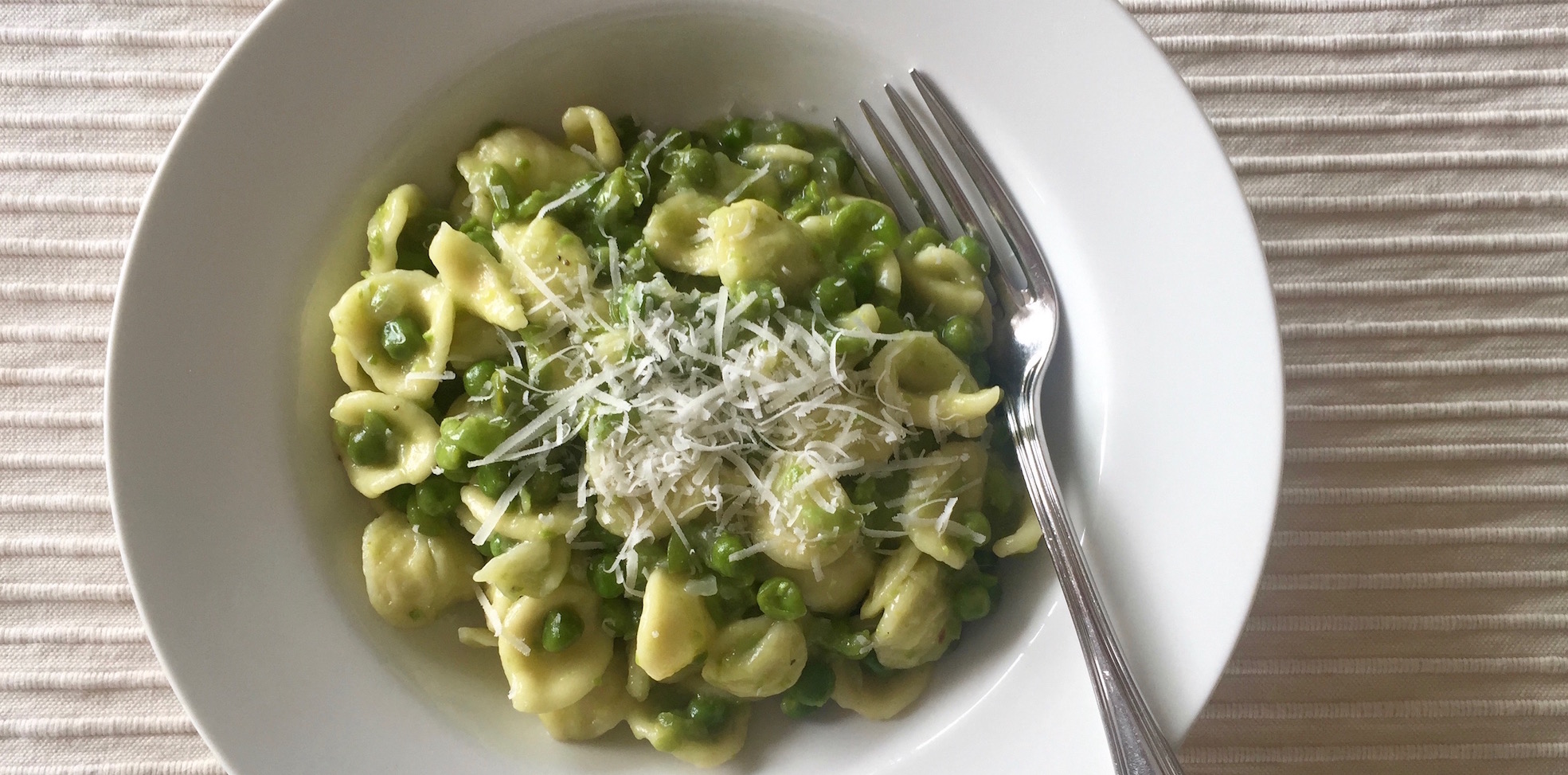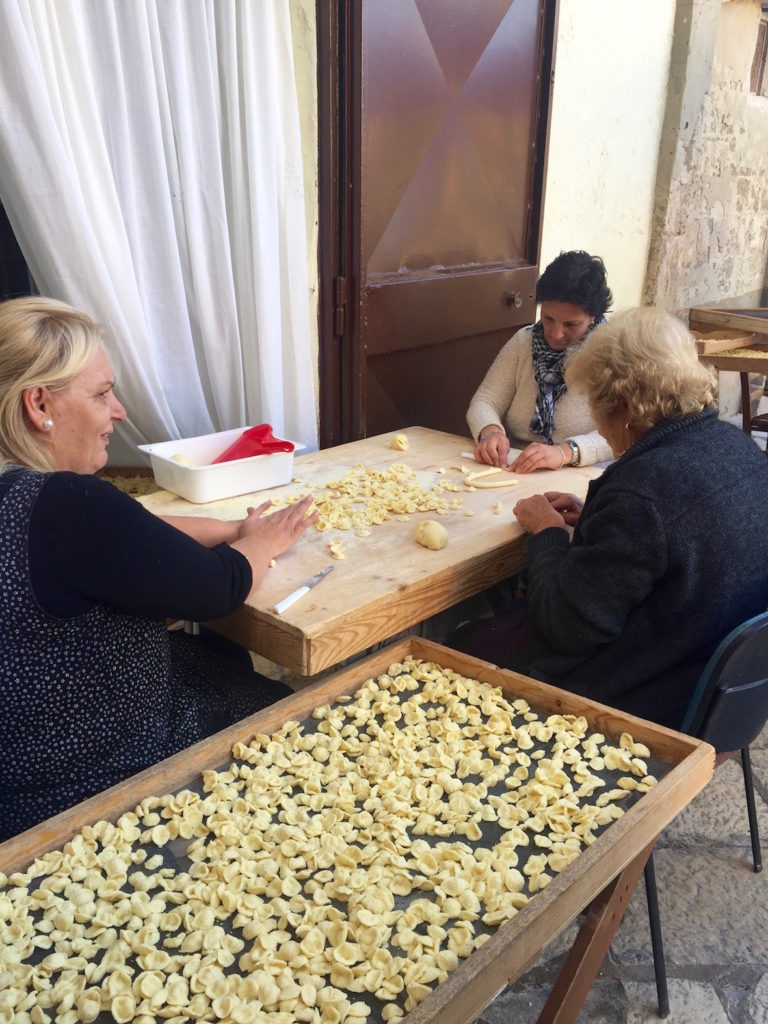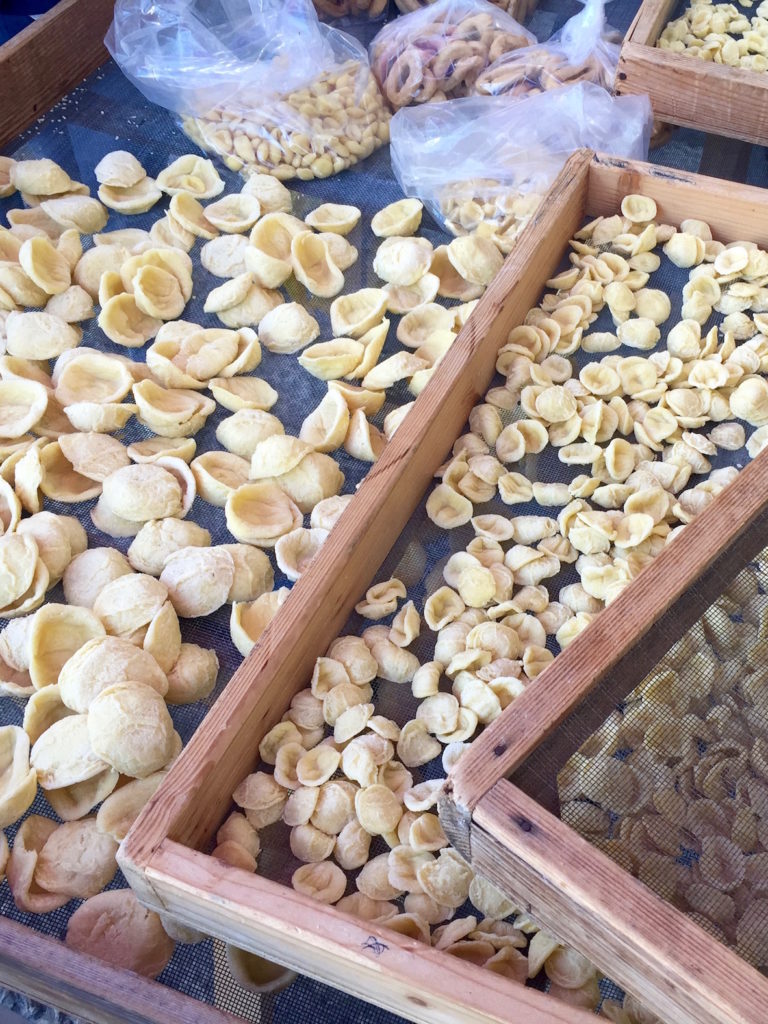25 Feb The White Cities of Puglia: A Journey Through Italy’s Timeless Villages
Why Puglia’s White Cities Are So Special
Puglia, the sun-drenched heel of Italy’s boot, is a region known for its rugged coastline, ancient olive groves, and charming historic towns. Among its many treasures are the “white cities” – villages where lime-washed buildings reflect the Mediterranean sun, creating a strikingly beautiful landscape.
These whitewashed towns, perched on hilltops or nestled in the countryside, offer a glimpse into Puglia’s rich history and way of life. Wandering through their narrow alleys, you’ll find sun-drenched piazzas, historic churches, and traditional trattorias where life unfolds at a leisurely pace.
If you’re planning a Puglia tour in 2025, exploring these towns should be at the top of your list. Here’s why they shine—literally and figuratively!
Why Are Puglia’s Towns White?
The tradition of whitewashing buildings in Puglia has several possible origins:
– A Natural Cooling System: The bright white color reflects sunlight, helping to keep homes cool in the hot summers.
– Protection Against Disease: In towns like Ostuni, legend says that lime’s antibacterial properties helped prevent the spread of diseases like the 17th-century plague.
– Moisture Control: Limewash allows the walls to breathe, preventing damage from humidity.
– An Affordable Tradition: Lime was readily available and inexpensive, making it an easy and practical choice.
Whatever the reason, this age-old practice has shaped some of the most picturesque towns in all of Italy. Let’s take a journey through the most beautiful white cities of Puglia.
Ostuni – The Iconic White City
If you’ve seen pictures of Puglia’s white cities, chances are Ostuni was the star. Known as La Città Bianca (The White City), Ostuni sits high on a hill with stunning views over the Adriatic Sea and vast olive groves below.
What to See & Do in Ostuni
– Wander the Old Town: Get lost in the maze of narrow, whitewashed streets, charming courtyards, and hidden staircases.
– Visit the Cathedral: The Gothic-Romanesque Ostuni Cathedral is a masterpiece with an eye-catching rose window.
– Shop for Local Crafts: Browse boutiques selling handmade ceramics, woven baskets, and local delicacies.
– Enjoy an Aperitivo: As the sun sets, sip on a local Primitivo wine or Aperol Spritz in a picturesque piazza.
Locorotondo – A Perfectly Round Jewel
As its name suggests (loco rotondo means “round place”), Locorotondo is a town built in a perfect circle. It’s one of the most tranquil and elegant white towns in Puglia, known for its quiet charm and panoramic views over the Valle d’Itria.
Why Visit Locorotondo?
– Admire the Trulli: The surrounding countryside is dotted with trulli, Puglia’s famous cone-roofed houses.
– Sip Local White Wine: Locorotondo produces some of Puglia’s best crisp white wines.
– Stroll the Historic Centre: Peaceful, pedestrian-friendly, and full of hidden alleyways begging to be explored.
For those on a small group tour of Puglia, Locorotondo is an essential stop for its authentic atmosphere and timeless beauty.
Cisternino – A Culinary Hotspot
Smaller and less touristy than Ostuni or Locorotondo, Cisternino is a food lover’s paradise. Here, you’ll find an authentic slice of Puglian life, where locals gather in lively piazzas and butcher shops double as restaurants!
What Makes Cisternino Special?
– Fornelli Pronti: Visit one of the traditional butcher shops where you can choose your meat, have it grilled on the spot, and enjoy it with local wine.
– Relaxed Atmosphere: This is one of Puglia’s best-kept secrets, where time seems to stand still.
– Charming Streets: Like other white towns, Cisternino is full of tiny alleys, whitewashed houses, and blooming balconies.
For those who want to experience Puglia’s food culture in the most authentic way, Cisternino is a must-visit.
Martina Franca – Baroque Beauty in a Whitewashed World
Unlike the other white towns, Martina Franca stands out for its Baroque palaces and grand churches nestled among its white facades.
What to See in Martina Franca
– Basilica di San Martino: One of the most impressive Baroque churches in Puglia.
– Elaborate Wooden Doors: Martina Franca is famous for its handcrafted wooden doors and intricate stone frames.
– Opera Festival: Every summer, the town hosts the Festival della Valle d’Itria, a prestigious opera festival that draws music lovers from all over Italy.
If you love history, architecture, and culture, Martina Franca is the perfect stop on your Puglia tour.
How to Experience the White Cities Like a Local
– Go in Spring or Autumn: Avoid the peak summer crowds and enjoy mild weather and a relaxed pace.
– Take Your Time: These towns are made for aimless wandering, leisurely meals, and quiet discoveries.
– Enjoy the Food: Try handmade orecchiette pasta, fresh seafood, and Puglia’s incredible cheeses and wines.
– Drive or join a small group tour: Public transport in the Valle d’Itria can be unreliable. A small group tour lets you experience Puglia hassle-free, with expert guides bringing the region’s history to life.
Join Our Small Group Puglia Tour in 2025
If you’ve ever dreamed of experiencing Puglia’s white cities, now is the perfect time to plan your trip. Our September and October tours are now open for bookings.
Travel with a small group of like-minded explorers, enjoy exclusive local experiences, and immerse yourself in the charm of Italy’s most beautiful whitewashed villages.

